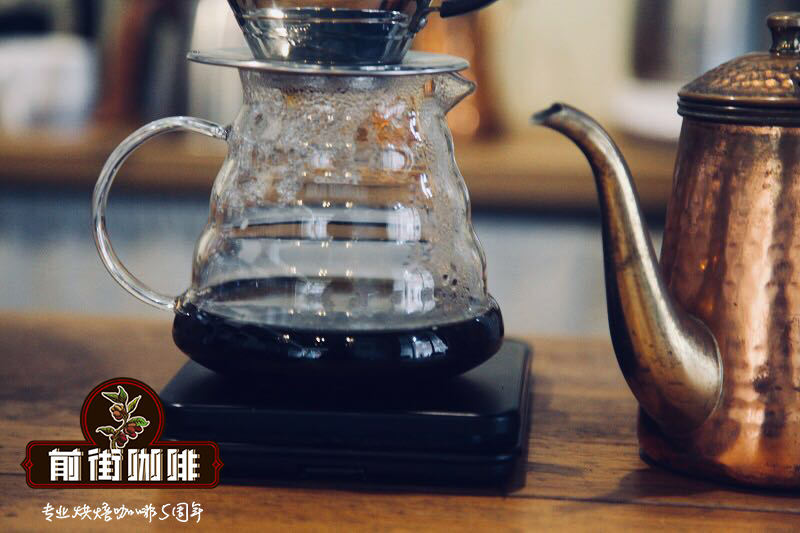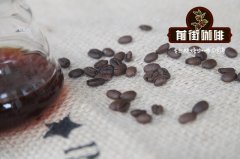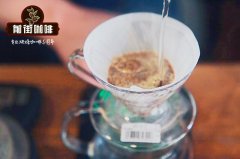A brief introduction to the characteristics of Kenya java coffee beans what are the aa grades of coffee beans?

Professional coffee knowledge exchange more coffee bean information please follow the coffee workshop (Wechat official account cafe_style)
Qianjie-Kenya Coffee grading system sharing
Kenya is a representative production area of African lowland cultivation, growing high-quality Arabica, its coffee beans are fleshy, full-bodied, moderate acidity, complex aroma, fruity or spicy flavor, suitable for deep baking. Kenyan coffee beans are divided into seven grades according to the size of beans and six grades according to taste. The best is Kenya AA+. The success of Kenyan coffee is largely due to the management of the Kenya Coffee Bureau. The coffee bureau uniformly buys coffee, analyzes its ratings and auctions, giving Kenyan coffee the same respectable status as wine.
KENYA coffee is graded as E-PB-AA-AB-C-TT-T-MH/ML.
The screen size is more than 18, which is called "Elephant Bean". Two face-to-face two seeds merged into one, suddenly mutated beans.
It is also included in Kenya E, commonly known as peaberry.
The sieve size is 17: 18, 1400 and 2000m, which is the largest size of normal raw beans.
The screen size is a mixture of grade A (screen size 1617) and grade B (screen size 1516).
The size of the screen is 1415, which is lower than the density of grade AB.
The size of the sieve is 1517, and the size of beans is similar to that of AA~AB, but the density is low.
Broken, defective or small beans with a sieve size of less than 12.
Java coffee beans (coffee powder) belong to: Robusta variety, mainly distributed in African countries such as C ô te d'Ivoire, Angola, Madagascar and the Philippines, Vietnam and Indonesia (Java) and other places.
Growing Environment and main producing areas of Java Coffee
Robusta belongs to lowland cultivation, which is resistant to high temperature, drought, rain, insect pests and strong adaptability. it can grow very well on flat land, and harvesting does not necessarily need manual work, but can be carried out completely by vibration machine.
There are two types of Robusta coffee that you often come into contact with: A.P.Robusta and W.I.B.Robusta. Except for W.I.B. The granules are larger and the others are smaller. The biggest difference lies in the processing after harvest, so there are some differences in appearance, aroma and taste.
Origin: IndonesiaJava, Java, Indonesia. Grade or variety: W.I.B.&A.P.
Gift of knowledge: Kenya is an important force in East Africa in the coffee world, and it is a leader in both its coffee quality and its business strategy.
END
Important Notice :
前街咖啡 FrontStreet Coffee has moved to new addredd:
FrontStreet Coffee Address: 315,Donghua East Road,GuangZhou
Tel:020 38364473
- Prev

A brief introduction to the grading system of coffee
Professional coffee knowledge exchange more coffee bean information please pay attention to the coffee workshop (Wechat official account cafe_style) front street-Columbia Highland Linglong, coffee grading system sharing Nalinglong in addition to having the natural conditions to produce high-quality coffee: first, low latitude: near the equator, about 1 degree north latitude, so there is plenty of light throughout the year. 2. High altitude: the Andes begin with Zhi
- Next

A brief introduction to the characteristics of Guatemalan Coffee the altitude of the coffee classification method
Professional coffee knowledge exchange more coffee bean information please follow the coffee workshop (Wechat official account cafe_style) front street-Kenya coffee grading system sharing Guatemala is located in the middle of North and South America, its geographical location is important in Central America. In this country, rivers and lakes dot the landscape, while equatorial forests and plain jungles cover the land. Pacific and
Related
- Beginners will see the "Coffee pull flower" guide!
- What is the difference between ice blog purified milk and ordinary milk coffee?
- Why is the Philippines the largest producer of crops in Liberia?
- For coffee extraction, should the fine powder be retained?
- How does extracted espresso fill pressed powder? How much strength does it take to press the powder?
- How to make jasmine cold extract coffee? Is the jasmine + latte good?
- Will this little toy really make the coffee taste better? How does Lily Drip affect coffee extraction?
- Will the action of slapping the filter cup also affect coffee extraction?
- What's the difference between powder-to-water ratio and powder-to-liquid ratio?
- What is the Ethiopian local species? What does it have to do with Heirloom native species?

